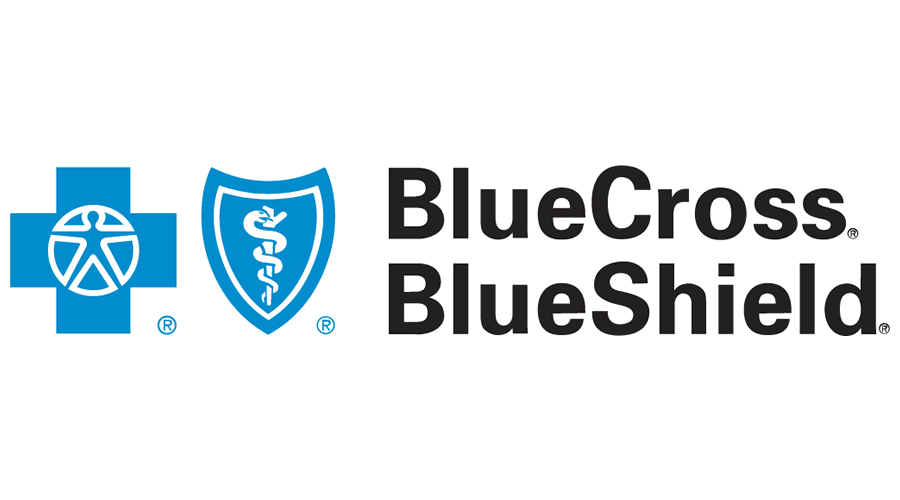When someone suffers from a disorder of the musculoskeletal system, they have an injury or illness that affects their muscles, joints and ligaments. These disorders can be anything from arthritis to carpal tunnel syndrome. The condition is usually chronic and will not go away by itself with time, but it can be treated and managed so that symptoms are less severe.
Chiropractic practice and massage are two complementary therapies that many doctors use to treat musculoskeletal disorders. Chiropractors can identify the underlying cause of pain in a patient’s spine, pelvis or extremities and work with a massage therapist to provide relief. Massage therapists help restore normal blood flow, range of motion and muscle function by applying pressure on trigger points
Massage can initiate several physiological effects on a person with a musculoskeletal disorder. These physiological effects include:

Decreased cortisol
Cortisol is the stress hormone that can be caused by any threat. When the hypothalamus detects a threat, it releases cortisol through the brain. If at a low level, it enables the individual to be aware, observant, and feel alert. However, when it reaches its high level, a person becomes stressed, depressed, and more anxious. The proper massage can help promote relaxation and make a person feel calm, reducing the release of cortisol.
Realignment and breakdown of collagen fibers
Collagen fibers are responsible for holding your bones, muscles, and joints together. Massage can realign collagen fibers and adhesive fiber connections in a more helpful orientation. If an injury happens, the body sets down collagen fibers in a bad and disorganized situation. It may cause the tissue to become tight and painful. Reduction in movement may occur as well. Massage can break down these collagen fibers and adhesive fiber connections into a more helpful orientation, thus relieving pain by reducing tension caused by those misplaced proteins.
It helps to level the collagen fibers with longitudinal stress. The result of the realignment and breakdown of collagen fibers is to increase the range and performance of a movement from injuries and may decrease the painful effect.
Increased cellular exchange
The cellular exchange is often referred to as bringing vital nutrients like oxygen to the body and taking away waste products from tissues. In order to increase this process, it’s important that blood circulation be increased. This can help maximize performance levels in athletes, and even improve healthy muscle function.
The benefits of massage for musculoskeletal disorders

A massage is a wonderful way to keep your muscles healthy and relaxed, but it can also be a valuable tool for those who suffer from chronic pain. Massage therapy has been proven to reduce the occurrence of chronic pain by an average of 44%.
Gentle, deep-tissue massage is an effective way to treat many common musculoskeletal disorders and pain. Massage therapy has been shown to relieve pain and stiffness in the back, neck, shoulders and hips. It can also help with headaches, carpal tunnel syndrome and other conditions that cause muscle spasms or tension.
Massage produces several and significant benefits for a person who has a musculoskeletal disorder. It includes:
- Relaxation. Massage not only relaxes your body, it also helps with pain relief and releasing endorphins. When you’re in a state of extreme relaxation, you will be more happy and motivated to achieve the things that are important to you. Through massage, the release of endorphins can help relieve tension and pain–allowing people to live better lives.
- Increased healing. Massage is therapeutic for a variety of conditions, including injury and stress. When you massage your muscles, it increases circulation and allows the body to heal itself. The increased blood flow also helps remove toxins from the body that have built up during exercise or daily activity. Massage stimulates an exchange of cells which heals injuries to your musculoskeletal system. Massaging also reduces muscle tension and increases circulation so that waste products are removed more quickly.
- Increased flexibility. Increased flexibility is attained through increased temperature of the body tissue and the decrease in scar tissues. This allows for the relaxation of muscles to increase elasticity, giving your body a chance to work as it should without any interference from previous damage. The proper massage can cut out collagen fibers’ adhesive connections that have been hindering muscle function and realign these vital components so they are working correctly.
- Decrease painful effect. A massage can help reduce the pain caused by the musculoskeletal condition. It can be attained through different body mechanisms like increasing tissue temperature and removing toxins and waste products out of the body system. Massages can decrease pain by promoting blood circulation via vasodilation.
This is achieved by increasing the removal of waste products and stimulating an increase in capillaries. The process works to interfere with the body’s pain signal pathways by blocking them or altering them.
- Increase movements. It’s pretty depressing and frustrating that such a condition can limit your movement. Sometimes, it can lead to anxiety, depression, and limited life performance. It can increase the risk of having other injuries. With proper massage, it can improve blood circulation and decrease scar tissues. That said, it helps a person to relax and becomes more pliable with his movement.

Conclusion
Some professional therapists can use different massage techniques to help individuals who are suffering from a musculoskeletal disorder. The condition where massage becomes more beneficial is during chronic pain, post-surgery, tight muscles, stress, and more. When massage is applied, it can provide many physiological effects, as explained above. A good therapist must know that the application of massage also varies from the condition the patient is experiencing, the direction they wanted to take, and the pressure or rhythm they wanted to feel. But overall, massage application can give several benefits, especially to individuals who have a musculoskeletal disorder.








